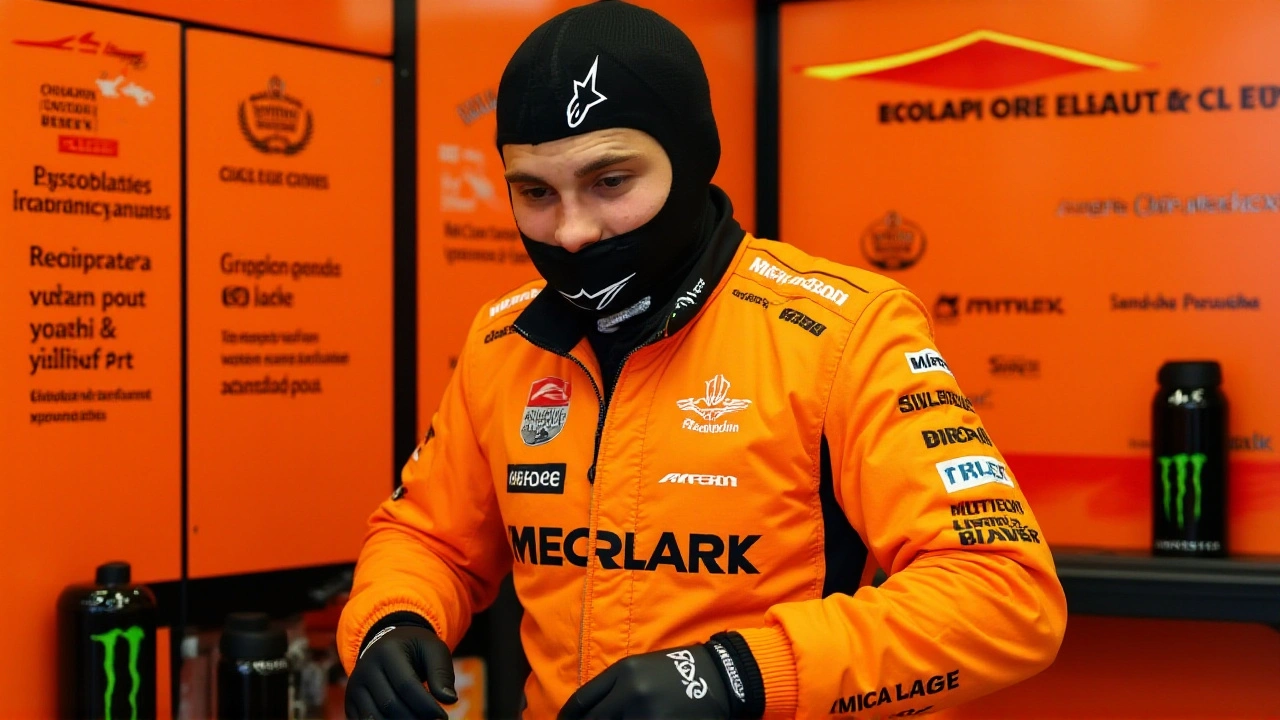
F1 Tags 2025 Singapore GP as Heat Hazard, Mandates Cooling Vests
FIA labels the 2025 Singapore Grand Prix a heat hazard, mandating driver cooling systems after Qatar’s heat‑related incidents, aiming to safeguard racers in extreme conditions.
When talking about the Singapore Grand Prix, the annual Formula 1 night race held on the Marina Bay Street Circuit in Singapore. Also known as F1 Singapore, it draws millions of fans and showcases high‑speed action under lights. This event isn’t just another stop on the calendar; it’s a full‑blown spectacle that flips the usual daytime grind into a neon‑lit showdown. The race’s unique setting means teams juggle heat, humidity, and lighting while drivers chase lap times that can decide a championship. If you’ve ever wondered why the Singapore Grand Prix feels different from a European sprint, the answer lives in the blend of street‑circuit challenges and the glow of the city skyline.
One of the core reasons the race stands out is its link to Formula 1, the premier global open‑wheel racing series. Formula 1 demands precision engineering, split‑second decisions, and a deep understanding of tyre strategy, the choice between soft, medium and hard compounds that can make or break a race. In Singapore, the hot, humid air degrades tyre life faster than most tracks, forcing crews to plan extra stops or gamble on harder compounds that last longer but sacrifice grip. This dynamic creates a strategic chess match where a well‑timed pit lane visit can vault a driver from midfield to podium.
The Marina Bay Street Circuit, a 5.063 km street track that winds through Singapore’s downtown is the physical stage where the drama unfolds. Its tight corners, long straights, and iconic landmarks like the Esplanade and the Merlion make it a driver’s test of both skill and endurance. Because the circuit is built on public roads, the surface isn’t as smooth as a permanent racetrack, leading to higher tyre wear and demanding precise car setup. The night‑race aspect adds another layer: artificial lighting can create shadowy blind spots, so drivers rely heavily on visual cues and telemetry data. All these factors mean the Singapore Grand Prix encompasses night racing, urban circuit design, and extreme weather—each influencing driver performance and team tactics.
Fans love the atmosphere, but the race also serves as a crucial point in the season’s championship narrative. With most races before it taking place in cooler climates, the Singapore Grand Prix often becomes a turning point where consistency rewards the disciplined and bold moves penalize the careless. A driver who masters the tyre wear and navigates the circuit’s twisty sections can swing the points table dramatically. That’s why you’ll hear teams talk about “maximising points” and “optimising stops” as soon as the lights go out.
Beyond the technical details, the event has cultural and economic ripple effects. Singapore’s cityscape transforms into a giant festival ground, drawing tourists, boosting local businesses, and showcasing the nation’s appetite for world‑class sport. The race also underlines the sport’s push for sustainability, with initiatives like carbon‑offset programs and hybrid‑powered support vehicles becoming part of the Grand Prix package.
Below you’ll find a curated collection of stories that dig deeper into these topics—driver interviews, team strategies, circuit analyses, and the latest news surrounding the Singapore Grand Prix. Whether you’re a casual fan curious about why the night race feels so intense, or a seasoned follower tracking every points shift, the posts ahead will give you the insights you need to stay ahead of the curve.

FIA labels the 2025 Singapore Grand Prix a heat hazard, mandating driver cooling systems after Qatar’s heat‑related incidents, aiming to safeguard racers in extreme conditions.